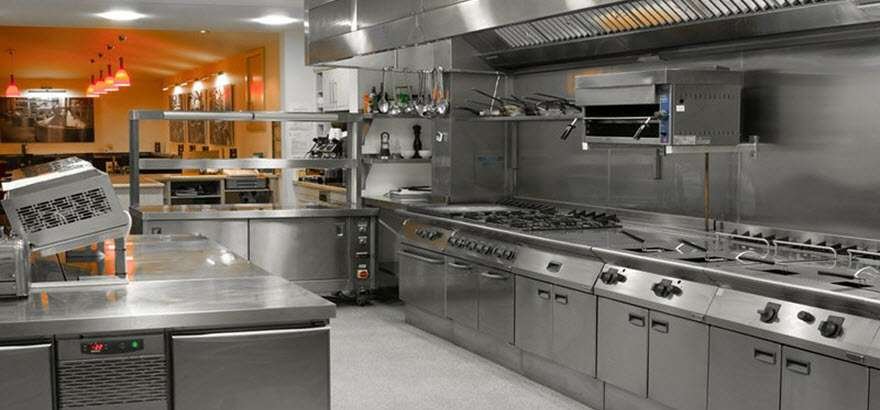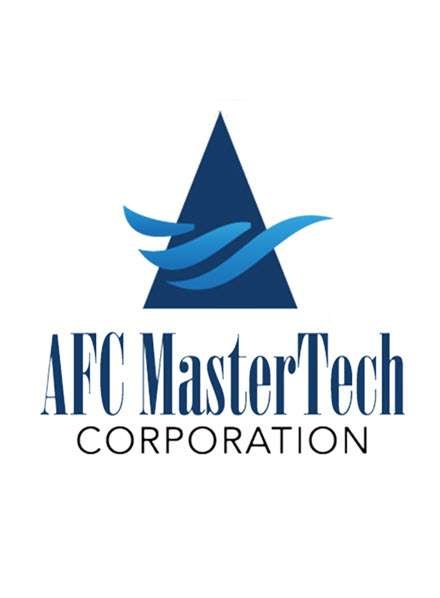In the heart of any restaurant, the hot kitchen is where culinary creativity and precision come together to create delectable dishes. As the demands of the modern dining scene evolve, so does the technology used in hot kitchens. These innovations are not just about convenience but about elevating the art of cooking. In this article, we’ll explore the latest trends and advancements in hot kitchen technology that are revolutionizing the way chefs and restaurants prepare and serve their signature dishes.
1. Precision Cooking
Precision is key in the hot kitchen, and technology is making it easier than ever to achieve. Sous-vide cooking, induction cooktops, and combi ovens offer precise temperature and humidity control, ensuring that every ingredient is cooked to perfection. These technologies allow for consistent results and the preservation of flavor and nutrients.

You’re probably asking yourself the same question Arriz has asked herself plenty of times: if a home is newly built, sh
2. Energy Efficiency
Environmental consciousness is a driving force in today’s world, and hot kitchen technology is following suit. Energy-efficient appliances are becoming standard, reducing electricity and gas consumption while still delivering exceptional cooking performance. Energy-efficient technology not only benefits the planet but also lowers operational costs.
3. Smart Appliances
The rise of smart appliances has made its way into the hot kitchen. Smart ovens, stovetops, and grills are equipped with sensors and connectivity features that allow chefs to monitor and control cooking processes remotely. This not only enhances convenience but also improves kitchen efficiency and consistency.
4. Ventilation and Air Quality
Maintaining a clean and comfortable kitchen environment is crucial. Innovations in ventilation systems help remove smoke, odors, and grease efficiently while also improving air quality. This leads to a healthier workspace for kitchen staff and a more pleasant dining experience for customers.
5. Automation and Robotics
Automation is transforming kitchen operations, particularly in tasks that require precision and repetition. Robotic chefs and automated cooking equipment are being integrated into hot kitchens, taking on tasks such as flipping burgers, stirring sauces, and even plating dishes. This reduces labor costs and enhances kitchen efficiency.
6. Safety Features
Safety remains a top priority in hot kitchens. Modern appliances come equipped with advanced safety features, such as flame detection systems, automatic shut-off mechanisms, and fire suppression systems. These technologies mitigate risks and ensure a secure cooking environment.
7. Speed Cooking
In today’s fast-paced dining landscape, speed is of the essence. High-speed cooking appliances, like rapid cook ovens and flash grills, allow chefs to serve up dishes quickly without compromising on taste or quality. These appliances are especially valuable in fast-casual and quick-service restaurant settings.
8. Space Optimization
Efficient use of kitchen space is crucial in crowded kitchens. Compact and stackable appliances, as well as innovative storage solutions, help chefs maximize space utilization without sacrificing functionality. This is particularly important in smaller restaurant kitchens.
9. Adaptability and Multifunctionality
Versatility is a prized quality in hot kitchen technology. Multifunctional appliances that can grill, fry, roast, and steam in a single unit are becoming more prevalent. These appliances save space, reduce equipment costs, and simplify cooking processes.
10. Sustainability
The restaurant industry is increasingly focused on sustainability, and hot kitchens are no exception. Sustainable kitchen equipment, such as energy-efficient stoves, induction cookers, and recyclable materials, are being adopted to minimize environmental impact and reduce waste.
In conclusion, the innovations in hot kitchen technology are transforming the culinary landscape. Precision cooking, energy efficiency, smart appliances, and automation are enhancing the capabilities of chefs and improving the overall dining experience. As the restaurant industry continues to evolve, embracing these technological advancements can give establishments a competitive edge, allowing them to serve up dishes that are not only flavorful but also prepared with efficiency and sustainability in mind.






